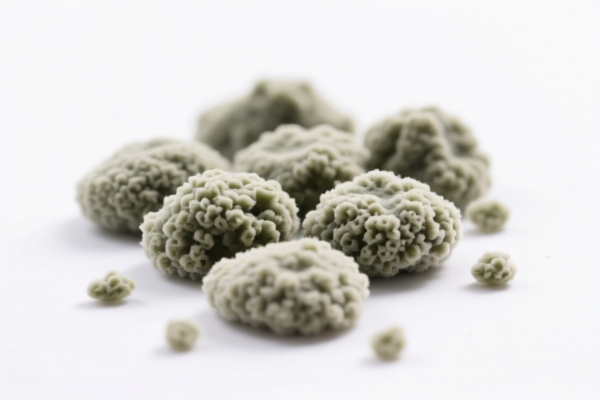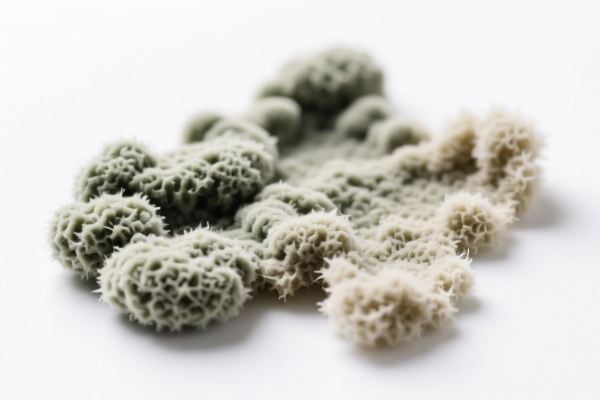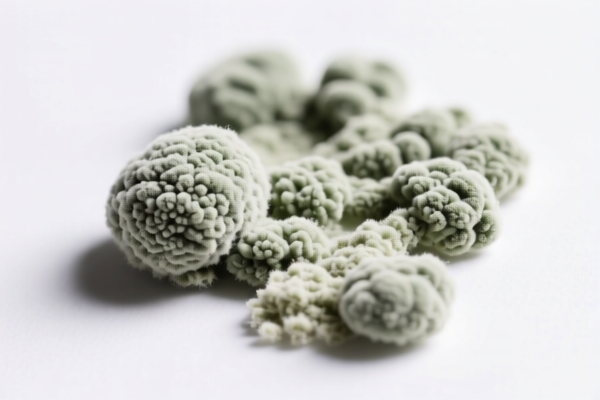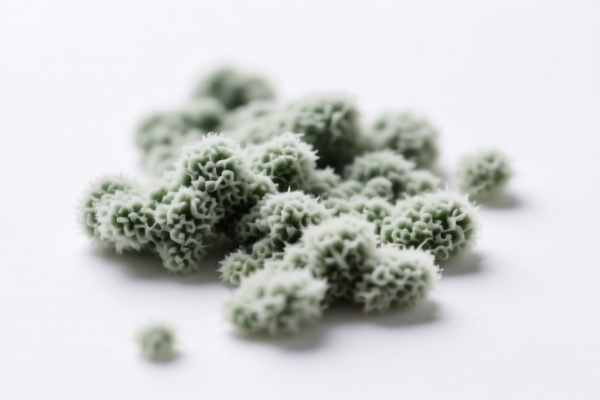| HS Code | Official Doc | Tariff Rate | Origin | Destination | Effective Date |
|---|---|---|---|---|---|
| 8202990000 | Doc | 55.0% | CN | US | 2025-05-12 |
| 8480799090 | Doc | 58.1% | CN | US | 2025-05-12 |
| 8480718045 | Doc | 58.1% | CN | US | 2025-05-12 |




Mould Treatment
Mould, also spelled mold, refers to the growth of microscopic fungi that thrive in damp conditions. Addressing mould involves identifying the source of moisture, removing existing growth, and preventing recurrence.
Materials & Growth Conditions:
- Substrates: Mould grows on almost any organic material including wood, drywall, fabric, paper, and even food. Porous materials are particularly susceptible.
- Moisture: A moisture level above 13-15% is generally required for mould growth. Common sources include leaks, condensation, flooding, and high humidity.
- Temperature: Mould flourishes in temperatures between 15-30°C (59-86°F), though some species can survive in colder environments.
- Air: Mould reproduces via spores which are airborne and require air circulation to spread.
Purpose of Treatment:
The primary purpose of mould treatment is to:
- Eliminate Health Risks: Mould exposure can cause allergic reactions, respiratory problems, and other health issues.
- Prevent Structural Damage: Mould can degrade materials, leading to costly repairs.
- Restore Aesthetics: Mould is unsightly and can reduce property value.
Functions of Treatment Methods:
- Removal: Physically removing mould growth using methods like scrubbing, vacuuming (with HEPA filter), or abrasive blasting.
- Disinfection: Killing mould spores using biocides, fungicides, or antimicrobial solutions.
- Encapsulation: Coating mould growth to prevent spore release and inhibit further growth.
- Moisture Control: Addressing the source of moisture to prevent recurrence.
Usage Scenarios:
- Residential: Mould often appears in bathrooms, kitchens, basements, and attics.
- Commercial: Mould can affect offices, schools, hospitals, and other buildings.
- Industrial: Mould can grow in factories, warehouses, and storage facilities.
- Post-Disaster: Flooding or water damage can lead to widespread mould growth.
Common Types of Treatment:
- Cleaning with Detergent and Water: Effective for small areas of surface mould on non-porous materials.
- Bleach Solution: Can kill mould, but is not effective on porous materials and can be harmful. Use with caution and proper ventilation.
- Vinegar: A natural antifungal agent, effective for mild mould on some surfaces.
- Borax: A natural mineral with antifungal properties, effective for cleaning and preventing mould growth.
- Commercial Mould Removers: Contain biocides and fungicides, available in various formulations.
- Soda Blasting: Uses sodium bicarbonate to remove mould and other contaminants from surfaces.
- Dry Ice Blasting: Uses solid carbon dioxide to remove mould without damaging surfaces.
- Professional Remediation: Recommended for large areas of mould growth or for sensitive individuals. Includes containment, air filtration, and thorough cleaning.
Preventative Measures:
- Control Humidity: Maintain indoor humidity levels below 60%.
- Ventilation: Ensure adequate ventilation in bathrooms, kitchens, and other damp areas.
- Fix Leaks: Repair any leaks promptly.
- Proper Insulation: Reduce condensation by improving insulation.
- Regular Inspection: Inspect for signs of mould growth regularly.
- Prompt Drying: Dry wet materials quickly after flooding or water damage.
Based on the provided information, “tackle mould” can be classified under the following HS codes:
- 8480718045: Molding boxes for metal foundry; mold bases; molding patterns; molds for metal (other than ingot molds), metal carbides, glass, mineral materials, rubber or plastics: Molds for rubber or plastics: Injection or compression types: Other Other: Injection type. This code covers molds for rubber or plastics manufactured using injection or compression methods, specifically 'Injection type'.
- 8480799090: Molding boxes for metal foundry; mold bases; molding patterns; molds for metal (other than ingot molds), metal carbides, glass, mineral materials, rubber or plastics: Molds for rubber or plastics: Other types: Other Other molds. This code is applicable to other types of molds for rubber or plastics that do not fall under more specific categories.
- 8480718045: Molding boxes for metal foundry; mold bases; molding patterns; molds for metal (other than ingot molds), metal carbides, glass, mineral materials, rubber or plastics: Molds for rubber or plastics: Injection or compression types: Other Other: Injection type. This code covers molds for rubber or plastics manufactured using injection or compression methods, specifically 'Injection type'.
Explanation of HS Code Structure (based on provided information):
The HS codes consist of six digits, categorized as follows:
- Chapter 84: This chapter covers nuclear reactors, boilers, machinery and mechanical appliances; parts thereof.
- Heading 80: This heading specifically covers molds for metal, metal carbides, glass, mineral materials, rubber or plastics.
- Subheading 71 & 79: These subheadings further classify the molds based on the material they are made of (rubber or plastics) and the manufacturing method (injection or compression types, or other types).
Tariff Information (based on provided information):
All listed HS codes share the following tariff details:
- Basic Duty: 0.0%
- Additional Duty: 25.0%
- Duty after 2025.4.2: Additional Duty increases to 30.0%
- Total Tariff: 55.0% or 58.1% depending on the specific HS code.
Important Note:
According to the provided reference material, the total tariff for HS code 8480718045 is 58.1%, while the total tariff for HS code 8480799090 is 55.0%. Please verify the specific material composition of the "tackle mould" to determine the correct HS code and applicable tariff rate.
Customer Reviews
No reviews yet.